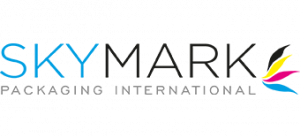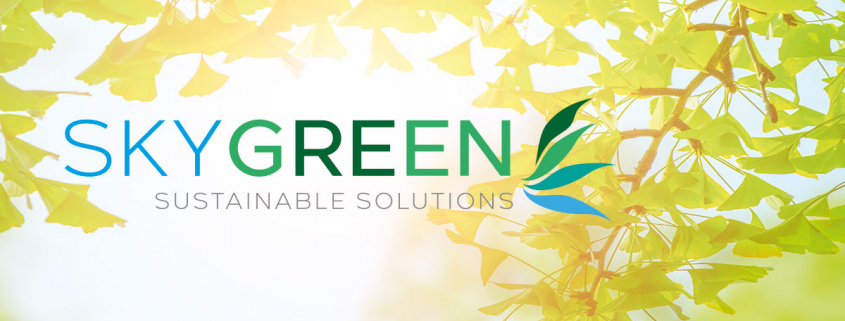Packaging regulations are becoming more stringent. Companies must have a thorough awareness of the various regulatory landscape in order to remain compliant.
With consumers and end-users becoming increasingly concerned about the environment and the impact of packaging being littered or ending up in landfill, sustainability in packaging is a megatrend impacting the packaging industry. As a result, new, stronger sustainability requirements are surfacing on a regular basis on a variety of fronts, such as the plastic packaging tax coming in to force on 1st April 2022, and also change to the EPR in 2023.
We’ve all seen a significant rise in sustainable-packaging requirements in recent years. Noncompliance to these new regulation will result in tax hikes or fines, so it’s vital for businesses across the packaging value chain to be aware of the fast pace of regulatory development.
These restrictions, are designed to impose additional standards with the primary goal of reducing the harmful impact of packaging on the environment and to drive a more circular economy. As a packaging manufacturer there are many ways in which this can be achieved:
- The packaging requirement, such as, size, and weight
- Its characteristics, such as recyclability and compostability
- Packaging’s anticipated main function, such as protection of product
- Packaging chain, from raw materials procurement through disposal, including collection and sorting strategies, as well as setting reuse or recycling goals
Countries have generally begun their sustainability journeys by addressing the beginning and end of the flow—that is, material restrictions and a focus on waste management via expanded producer responsibility (EPR). As well as established infrastructure to accommodate long-term improvements in design, recycling capabilities, and recycled-content usage.

It is important to us at Skymark that we lean on our SKYGREEN agenda to ensure we have the solutions across many aspects of the discussion. There is no; one fits all approach here.
Dan Richards – Sales & Marketing Director
In the last few years, rules on sustainable packaging have mostly focused on plastic packaging (versus other substrates). Plastics are the subject of 83 percent of the legislative measures linked to sustainable packaging across the world, with a total of 147 measures identified.
To get started, we’ve put up a list of three important issues that those using packaging should think about:
- Do you have a team in place to stay on top of regulatory developments in your target markets and to understand what other stakeholders in the value chain are up to?
- Do you have flexible internal systems in place to swiftly respond to current and future regulatory needs, and will you be able to adjust or adapt your business model to comply with the rules?
- What packaging investments should you make at the product and technology levels to ensure product sustainability? Here, it will be critical to determine if new packaging items will be required to meet regulatory standards (and if these products need to be differentiated for specific countries or focus markets). It will also be critical to find potential for circular recycling partnerships, especially those involving renewable resources.







